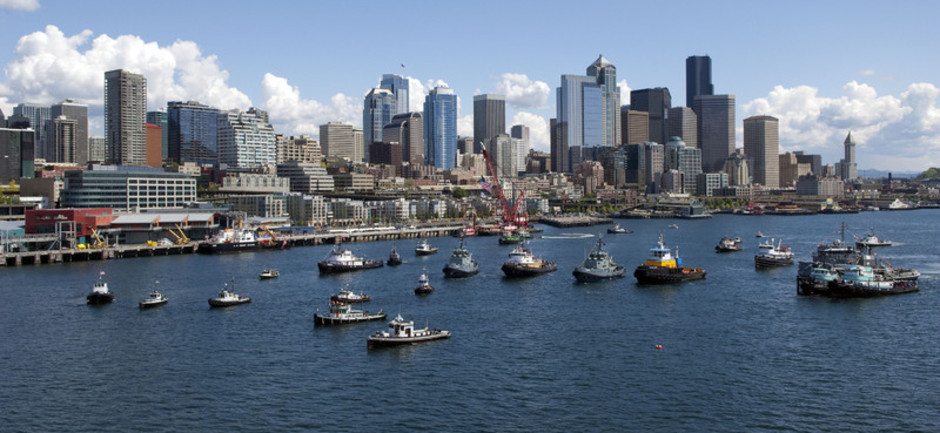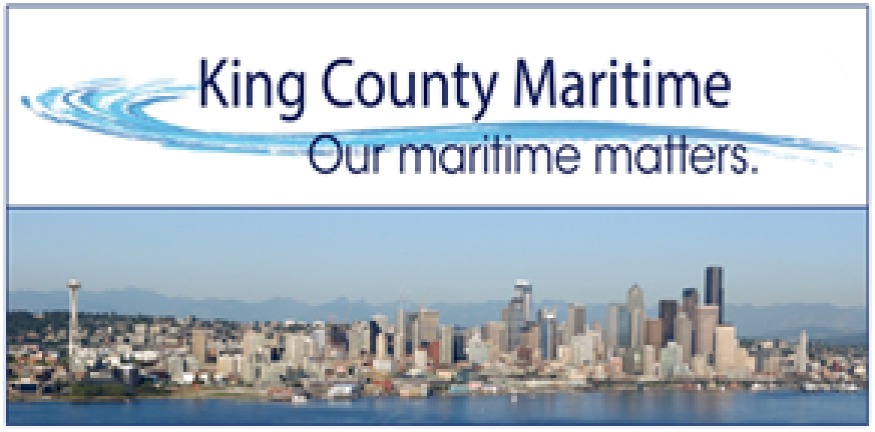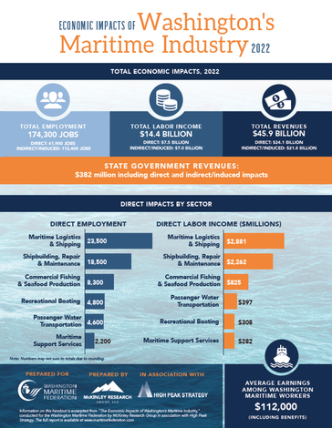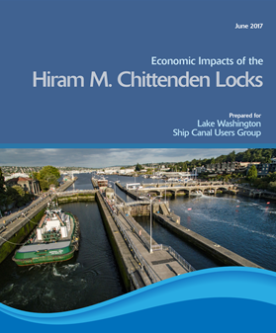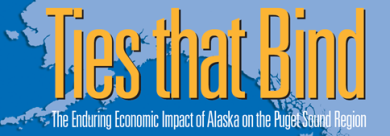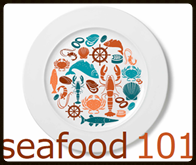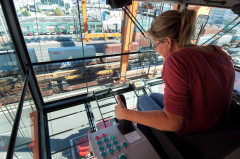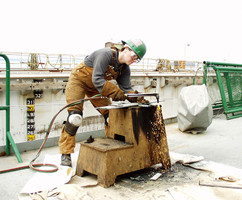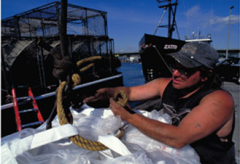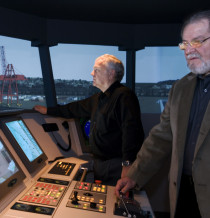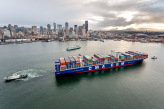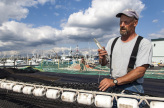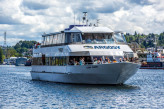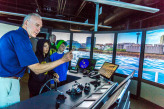Maritime remains crucial to Washington’s economy
The Washington Maritime Federation released the Washington State Maritime Sector Economic Impact Study 2022. The study details an industry that is a foundation of our state’s economy and a leader in innovation and sustainability.
“The maritime economy of Washington state has long provided economic prosperity to our region. Our culture of commerce and trade was built on the ports of Puget Sound,” said Port of Seattle Commissioner Hamdi Mohamed. “Today this tradition continues to benefit the entire state, and indeed the country.”
Key findings:
Average earnings among maritime workers reached $112,000 in 2022, including benefits.
In 2022, the maritime sector supported 174,300 jobs, $14.4 billion in labor income, and $45.9 billion in business revenues.
Maritime activities in Washington state supported an estimated $382 million in state taxes in 2022, including all direct, indirect, and induced impacts.
Maritime sector jobs and activities can be found in nearly every county in Washington state. While the majority of activities are along the Puget Sound coast, maritime jobs exist in Central and Eastern Washington through river ports, rail operations, recreational boating, and logistics. Counties with the largest number of maritime workers were King (24,000 jobs) and Kitsap (19,000 jobs).
The maritime industry represents a diverse workforce, from executive-office positions to factory-floor workers and fishermen.
The industry is positioning itself to meet future challenges: with workforce development initiatives, technological innovation, and environmental stewardship.
"This study speaks to the tremendous importance of the maritime industry to Washington state,” said Chad See, WMF Board President, and Executive Director of the Freezer Longline Coalition. “Maritime drives our economy, lifts up our communities and delivers our goods to consumers around the world. Through innovation, investment in our workforce, and hard work, maritime continues to deliver for our state.”
< New image with text >>
The Ballard Locks are busiest in the nation!
A century of service, but the future???
The Ballard Locks serve more individual vessels than any other locks in the nation: more than 40,000 transits in 2015, and more commercial vessels than all but 12 of the 200+ other USACE locks.
That’s just one of the key findings of the Economic Impacts of the Hiram M. Chittenden Locks analysis published in June 2017. The study was funded by a unique and diverse funding group, the Lake Washington Ship Canal Users Group.
This year marks the 100th anniversary of the Locks’ opening day in 1917, and as the Locks reach this important milestone, there is growing concern about making the critical infrastructure upgrades needed for the Locks to continue operating reliably and safely. This report discusses the benefits of reliable Locks operation, the potential losses in the event of a closure, and describes some of the steps needed to mitigate these risks.
To read the results of the Study, which was conducted by the McDowell Group, click here.
Fishing Fleet Modernization:Huge opportunity for Puget Sound shipyards
The North Pacific fleet is anticipated to spend $1.6 billion on vessel projects in the next ten years according to the Modernization of the North Pacific Fishing Fleet Economic Impacts Report conducted by the Washington Maritime Federation.
The economic impact of fleet modernization in Washington state will include between 510 and 750 jobs over the next decade, and $40 million to $60 million in annual labor income. The report forecasts annual output will average between $108 million and $160 million over the next decade.
The ability for Puget Sound shipyards to capture the maximum amount of this activity will depend on industry and policy-makers to enhance the region’s competitiveness through a range of strategies, the report concludes.
Download the 2016 Modernization of the North Pacific Fishing Fleet: Economic Opportunity Analysis here.
Download the Fleet Modernization Study Brochure here.
“Ties that Bind” is report by the McDowell Group that documents the dynamic and diverse economic relationship that grows stronger each year between Alaska and Puget Sound.
Just as Alaska is economically dependent on Puget Sound as a service, supply, and transportation hub, Puget Sound derives billions of dollars in economic benefits from its powerful connections with Alaska. Those connections include the movement of millions of tons of freight and millions of passengers between Alaska and Puget Sound. Puget Sound provides essential support to Alaska’s seafood industry and other maritime sectors, as well as a critical market for Alaska’s crude oil. Important links in health care, education, and other sectors are all part of the fabric that connects Puget Sound and Alaska.
Heather Haugland, McDowell Group Senior Project Manager, presented the report to the Seattle Propeller Club. Below you can download the presentation which highlights key report findings.
Adobe Acrobat document [4.3 MB]
Adobe Acrobat document [1.4 MB]
Alaska Seafood Industry has huge impact on Washington State
More than 50 fishing industry leaders attended a breakfast at Ivar's in 2013 to help launch the release of the Alaska Seafood Marketing Institute's (ASMI) report on the economic value of Alaska's seafood industry.
Andy Wink of the Alaska-based research firm the McDowell Group presented data from the report, the first of its kind, showing the economic importance of the Alaska seafood industry on the rest of the country, specifically the Pacific Northwest.
The North Seattle Industrial Association, King County Maritime, Port of Seattle, Pacific Marine Expo, ASMI and Ivar's hosted the breakfast.
The complete study is here: http://pressroom.alaskaseafood.org/wp-content/uploads/2013/08/AK-Seafood-Impact-Report.pdf
